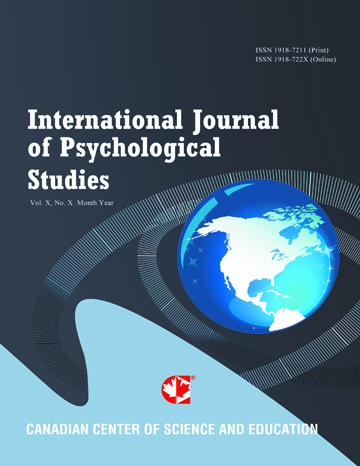Are Obese Mothers of Children Aged 1-6 Years Evening-Typed?
- Miyo Nakade
- Miki Hiraoka
- Kiyoko Kawasaki
- Takuya Uesato
- Kai Wada
- Milada Krejci
- Teruki Noji
- Nozomi Taniwaki
- Hitomi Takeuchi
- Tetsuo Harada
Abstract
Obesity is a serious problem that is growing in developed countries and many children as short-sleepers have been reported to be obese. However, no studies have been conducted on the relationship between BMI shown by mothers of children aged 1-6 years and their own circadian typology. This study aims to clarify this relationship in Japanese mothers. An integrated questionnaire on diurnal rhythms (including the Diurnal Type Scale constructed by Torsval & Åkerstedt), sleep habits, meal habits, lighting conditions at night, weight and height was administered to mothers and their children aged 1-6 years. Sixty-two percent of 863 mothers answered the questionnaire for themselves and their children. All the obese mothers (BMI of 28 or more) had MEQ scores of less than 18 and were more evening-typed than non-obese mothers (BMI of less than 28) (p=0.02). A higher ratio of obese mothers watched TV after 11:00 p.m. (p=0.049) and used fluorescent lights while watching TV after 11:00 p.m. (p=0.023) compared to non-obese mothers. Obese mothers showed a higher frequency of depression (p=0.044) and tended to have higher frequency of becoming irritated (p=0.09) than non-obese mothers. The children of obese mothers were significantly more evening-typed (Mean±SD=18.5±3.6) than those of the other mothers (21.1±3.2) (p=0.018). Evening-typed life of mothers with watching mid-night TV would be related to obesity of mothers and children. This study concludes that obese mothers of children aged 1-6 years are evening-typed and the children of obese mothers are also more evening-typed than those of non-obese mothers
- Full Text:
 PDF
PDF
- DOI:10.5539/ijps.v7n2p121
Journal Metrics
1. Citations (March 2025): 10975
3. i10-index (March 2025): 233
For details about the Journal Metrics, please visit the Google Scholar website.
Index
- AcademicKeys
- CNKI Scholar
- Elektronische Zeitschriftenbibliothek (EZB)
- Excellence in Research for Australia (ERA)
- GETIT@YALE (Yale University Library)
- Harvard Library E-Journals
- JournalSeek
- JournalTOCs
- LOCKSS
- MIAR
- Open Access Journals Search Engine(OAJSE)
- Open J-Gate
- PKP Open Archives Harvester
- SHERPA/RoMEO
- Standard Periodical Directory
- The Keepers Registry
- UCR Library
- Ulrich's
- Universe Digital Library
- WorldCat
Contact
- Barbara SunEditorial Assistant
- ijps@ccsenet.org
